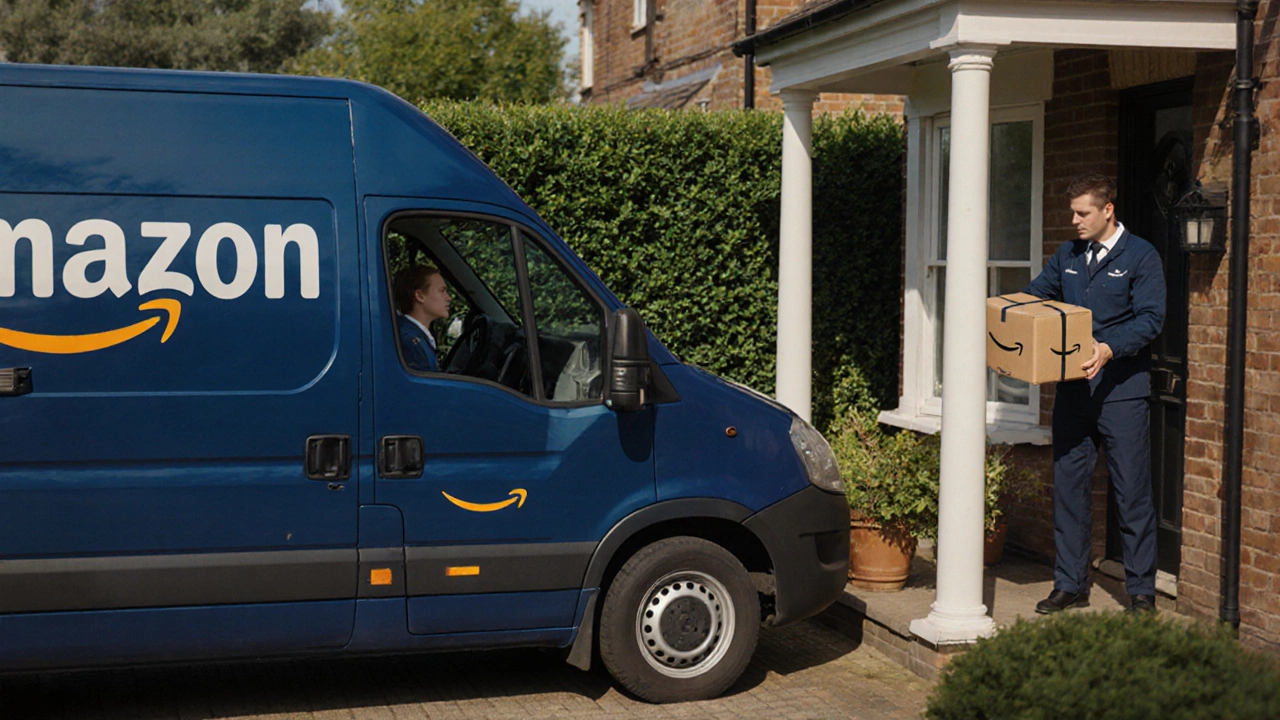Amazon Logistics: How to Speed Up Delivery, Save Money, and Master Flex
If you shop on Amazon, you already know how handy fast delivery can be. But did you ever wonder what makes those packages arrive so quickly? The answer lies in Amazon's logistics network – a mix of warehouses, trucks, planes, and even independent drivers. Below, we break down the most useful tips you can use today, plus a quick look at what Amazon Flex drivers deal with.
Quick Wins to Speed Up Your Amazon Orders
First off, you can often shave a day or two off the estimated delivery time with a few simple moves. Choose items that are marked "Prime" or "Free Shipping" – those are already in a nearby fulfillment center. When you add a product to your cart, check the “Ships from and sold by” line; items sold by Amazon itself usually move faster than third‑party sellers.
Next, look at the checkout screen for the “Delivery Options” dropdown. Selecting “Same‑Day Delivery” or “One‑Day Shipping” will lock in the fastest route, but make sure you’re ordering before the cutoff time listed (usually noon or early afternoon). If you need a package urgently, you can also add a “Rush” service where available – it’s a bit pricier, but the speed boost is real.
Another trick is to use Amazon lockers or pickup points. Those locations are often stocked ahead of regular home deliveries, meaning your package might sit there ready for you in a matter of hours instead of days.
What Amazon Flex Drivers Need to Know About Fuel Costs
If you’re considering driving for Amazon Flex, the biggest question is whether you get reimbursed for gas. The short answer: Amazon Flex does not pay a direct fuel allowance. Instead, drivers get a per‑delivery payment that includes an estimated mileage component. To make the most of it, track your mileage carefully and aim for routes with short distances between stops.
Many drivers offset fuel costs by planning efficient routes, avoiding rush hour traffic, and grouping deliveries that are close together. Using a fuel‑price app can help you find the cheapest pump along your route, shaving a few cents per gallon that add up over time.
Remember, your net earnings will also depend on the type of deliveries you take – larger packages often pay more but use more fuel. Weigh the trade‑off before you accept a batch of heavy items.
Beyond Flex, Amazon’s own shipping services like “Amazon Shipping” let sellers ship directly through Amazon’s carrier network. This can be cheaper than traditional couriers because Amazon bundles many small shipments into a single truck load, reducing per‑package costs. For small business owners, signing up for Amazon Shipping can lower your overall shipping bill while keeping delivery times short.
To sum it up, mastering Amazon logistics is about using the right options at checkout, picking the nearest fulfillment center, and understanding the driver side if you or someone you know wants to earn extra cash. Apply these tips the next time you order, and you’ll see faster arrivals, lower fees, and maybe even a smoother ride for Flex drivers.
Amazon isn't a courier service, but its delivery network operates faster and at a larger scale than most. Learn how Amazon's logistics system works, why it's different from FedEx or UPS, and what you can actually use it for.
Nov, 27 2025
Uncover where the largest Amazon warehouse is, how big it truly is, why it matters, and the jaw-dropping activity and automation happening inside these giants.
Jul, 20 2025

